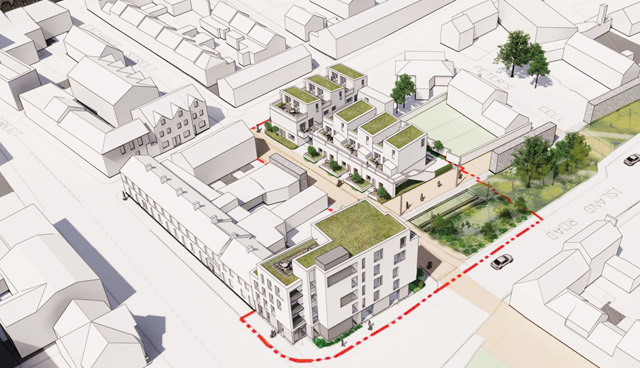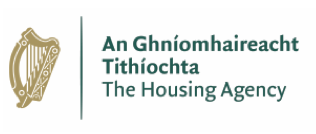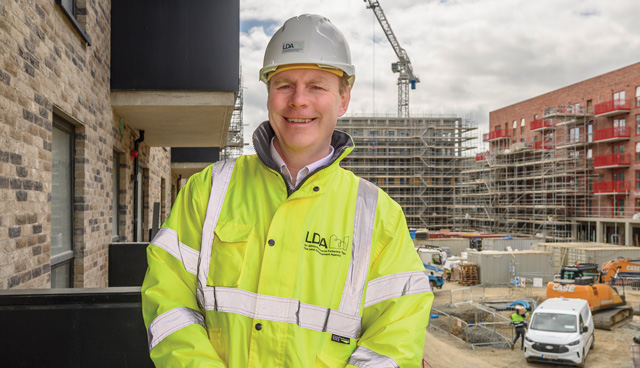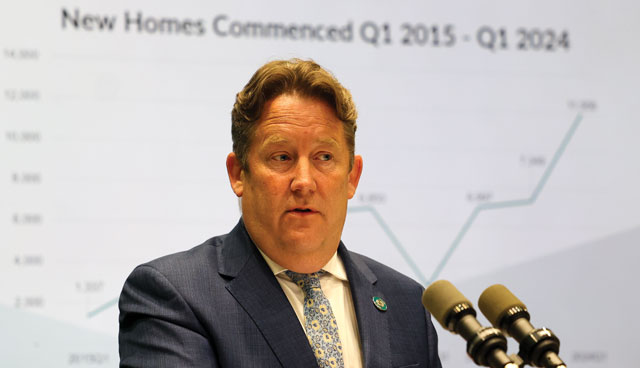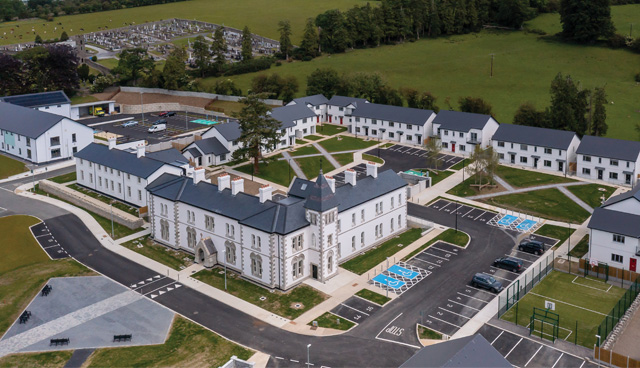
Homeownership schemes polarise discourse
4th July 2024
Rent restrictions impeding housing supply
4th July 2024Design and delivery of affordable housing: Some of the best examples in Ireland
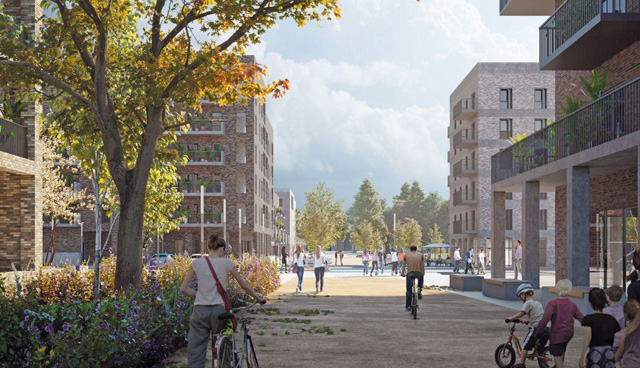
Since The Housing Agency was established in 2012 it has aimed to find solutions to support the delivery of housing and promote the development of sustainable communities.
In 2020, The Housing Agency published a report titled Social, Affordable & Co-operative Housing in Europe which examined 44 case studies of housing projects in selected countries. The research was conducted by Housing Agency Senior Architectural Advisor Isolde Dillon, with the purpose of providing an overview of the range of housing types in other jurisdictions and highlight positive elements of the projects which could be applied to housing in Ireland.
The report notes: “The architecture will not necessarily transfer easily from one place or country to another, but there are lessons to be learnt from looking at the context, challenges and design solutions arrived at within different contexts and in different countries.”
This neatly sums up the value, as well as limitations, of comparative research, namely can the lessons learnt from other jurisdictions be translated into the Irish context.
While the 2020 Housing Agency publication looked outwards, the recently published report Examination of innovation/efficiencies in design of affordable housing places a greater focus on what is happening in Ireland. The research, a commitment under Action 32 of Housing for All, was jointly published by the Housing Agency and Department of Housing, Local Government and Heritage (DHLGH). The report acts as a sequel to the 2020 report and the research is intended to contribute to on-going guidance for the sector.
How do we decide what is best practice for design and delivery of affordable housing?
To define best practice, the authors of the report distilled the 44 case studies in the previous Housing Agency (2020) report into the following themes:
- Strategy – early design decisions, e.g. a policy or brief.
- Layout – e.g. layout of the site, the home and the estate or apartment block.
- Materials – including rapid construction and durability of materials.
- Delivery – innovative project delivery methods.
- Occupation – including how the needs of occupants are met.
An Expert Advisory Group, composed of public sector housing practitioners involved in the delivery of affordable housing, was established to identify good case studies from across local authorities in Ireland and send relevant material to Bucholz McEvoy Architects (authors of the report).
These case studies were then categorised into the themes outlined above. In Ireland, 12 cases studies were included in the final analysis. These came from Dublin, Galway, Cork, and Limerick, and encompassed a range of sizes – small (up to 50 units), medium (50 – 150 units), and larger schemes (150 plus units).
What did we learn about housing design and delivery in Ireland?
The report contains several short articles about the delivery of affordable housing in Ireland from leading officials of the Housing Agency, Housing Delivery Co-ordination Office, Fingal County Council, Cork City Council and more. Findings which emerged from these articles highlight the importance of:
- Developing a pipeline of affordable housing to 2030.
- The right homes in the right places. Planning for the needs and requirements of sustainable communities – homes need to complement existing and new communities.
- Undertaking research and planning, to include analysis of the property market, identify suitable site locations and examine the available financial measures and supports which promote affordable housing.
- Improving the energy efficiency of social housing stock – the report contains some notable examples of work by Cork City Council with tenants to monitor energy consumption.
- Effective procurement practices, which can be used to drive innovative and modern building methods, to deliver high quality, attractive homes.
- Good collaboration between local authorities, DHLGH and housing developers.
- Affordable housing in redeveloping and regenerating inner city areas, as well as in supporting brownfield development and adaptive reuse of existing buildings.
- Stakeholder engagement, particularly for direct build of affordable housing by AHBs, the procurement of which can be complex.
Conclusions and takeaways
The report provides some key lessons, such as the need for a strategic plan and design-led approach to housing, combined with strong local governance, informed by community stakeholders. In addition, the economic case for any project must be comprehensive, with an examination of the risks and opportunities over the medium and long term in relation to viability, cost benefit and management.
Finally, much can be gained from research which looks to other jurisdictions and examines how they deal with challenges or opportunities in housing. The present research shows some of the best examples of design and delivery innovation in Ireland today and will contribute to our knowledge of how to continue to deliver affordable and cost rental housing. The report is an essential read for anyone working in the delivery of housing and should be instructive for those tasked with designing new developments.

